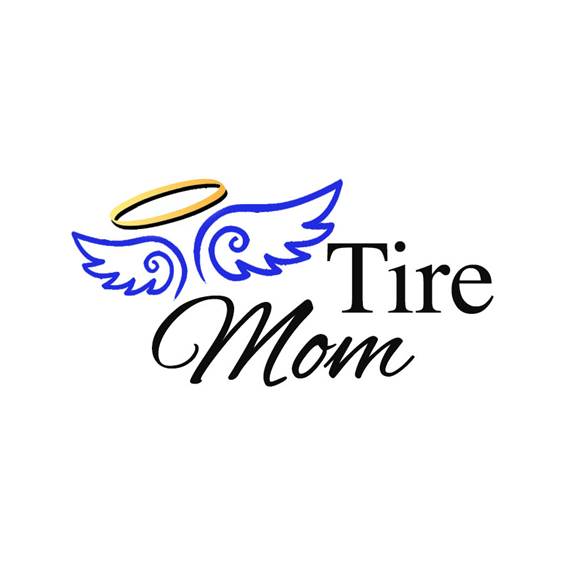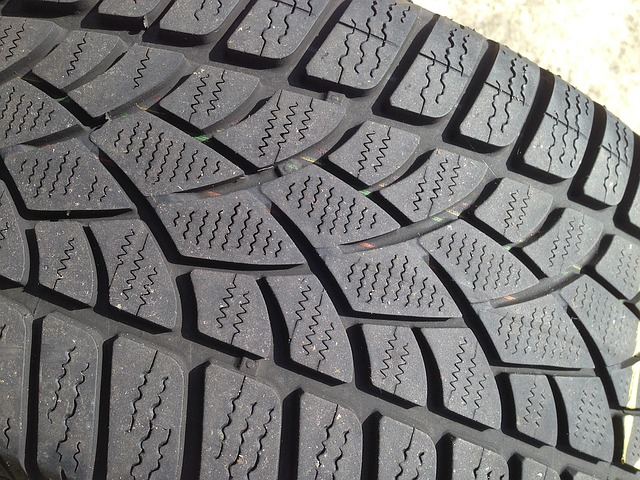This article on Tread is the third in the LETMAP series of articles. The tread on your vehicle’s tires helps grip the road, and affects the handling, acceleration, braking, cornering, stopping and even your fuel economy. Knowing the condition of your tire’s tread depth and wear patterns is key to your vehicle’s maintenance. With that said, let’s take a closer look at how your tread works, and what you should look for when you examine your tires each month.
The point at which your tire’s tread comes into contact with the surface of the road is called the “tire contact patch”. On a typical tire, this is a surprisingly small surface area, about the size of your hand. The larger and/or heavier the vehicle, the larger the surface area of the tire contact patch. The various patterns of your tread play an important role in keeping contact with the road.
The industry standard for tread depth of new tires is between 10/32” and 12/32”. Some off-road tires may have even thicker tread depth. It’s important to note that new tread depth is not to be equated with “usable” tread depth. The United States Department of Transportation recommends that once the tread on your tires reaches 2/32” the tires should be replaced. In some states, this is required by law.
As you examine your tires monthly, you should check your tread depth. There are several ways to check the depth of your tire’s tread. The most common way uses a US penny. With the image of Abraham Lincoln facing you, insert the top of the penny into the groove between tread ribs. If you can see the top of Abe’s head, it’s time to change the tire. (Some use a US quarter for this test.)
Another feature, which is built into most tires is known as tread wear bars.These bars are located at the bottom of the grooves between tread ribs at various locations around the tire. When these bars get visibly flush with the tread adjacent to them, your tire is no longer able to perform safely, and it’s time to change your tires.
And the last thing we’re going to discuss here is the condition known as tire feathering. Feathering occurs when the tire’s tread ribs have sharp edges on one side, and rounded edges on the other. One side of the tire is noticeably more worn than the other, and it could be an indicator of misalignment. If you find this to be the case on your tires, we recommend that you take your vehicle to a tire professional right away.
The tread depth of your tires is a very important part of your vehicle’s maintenance. Once again, we encourage you to examine your tires every month, and take the time to check the tread depth as well. And if you ever have any questions about the health of your tread, reach out to your local tire professionals. We’d love to hear your thoughts by commenting below or contacting us directly.
Resources:
https://www.tireamerica.com/resource/tire-tread-depth
https://www.tireamerica.com/resource/tire-contact-patch
https://www.goodyearautoservice.com/en-US/tire-basics/tread-depth


Recent Comments